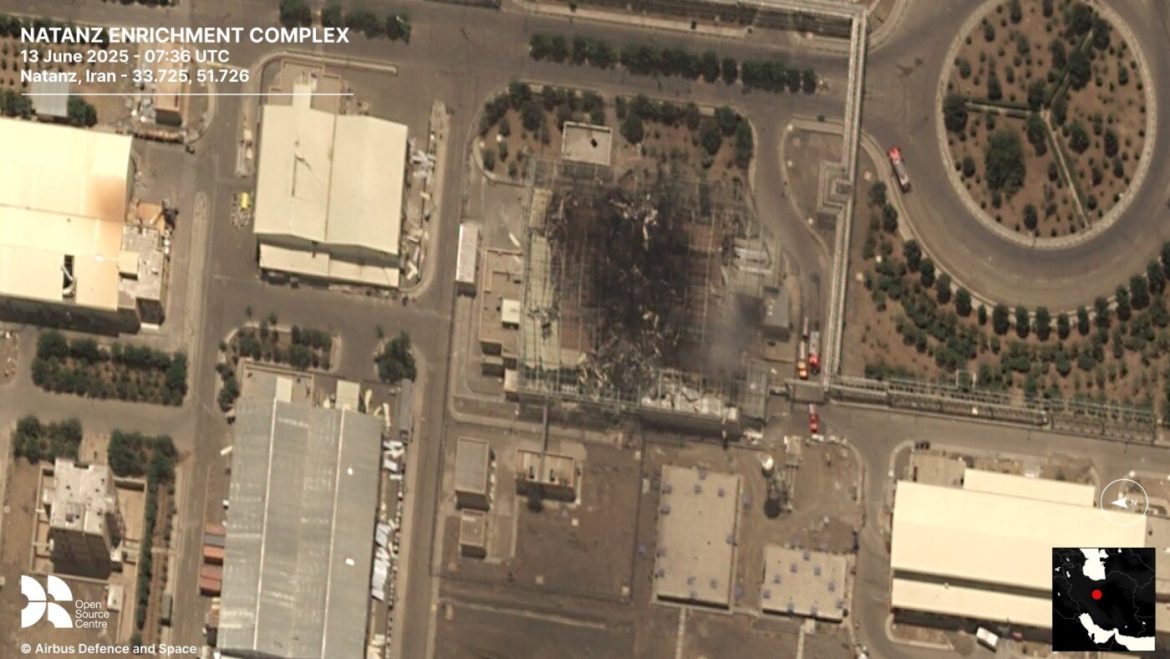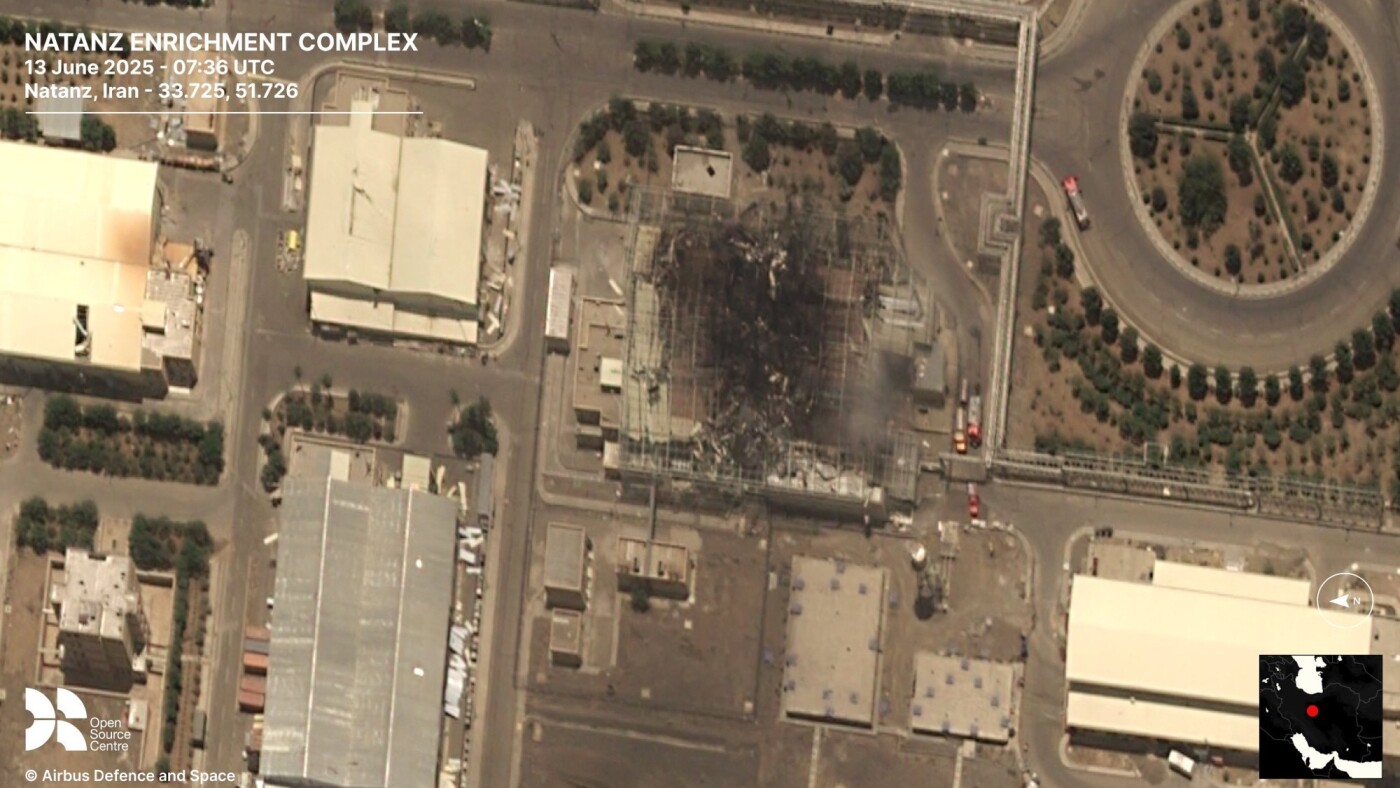Unfolding Conflict: Israel’s Expanding Strikes on Iran’s Nuclear Facilities
The recent escalation marked by Israel targeting multiple Iranian nuclear sites stands as a critical juncture in Middle Eastern geopolitics. These attacks have not only triggered intense military retaliation by Iran but also sparked widespread concern about the broader regional stability and the future trajectory of Iran’s nuclear ambitions. By striking pivotal sites, including the infamous Natanz uranium enrichment facility, Israel aims to blunt Iran’s nuclear progress, but the multi-dimensional consequences reveal deep complexities that extend far beyond immediate military outcomes.
—
Precision Strikes and Their Strategic Objectives
Israel’s operation—referred to in reports as “Operation Rising Lion”—has focused on delivering crippling blows to Iran’s nuclear infrastructure. The opening strikes, described as extensive and involving air and drone assaults, targeted key uranium enrichment plants located in Natanz, Fordo, and Isfahan, along with missile sites and crucial military leadership compounds. Satellite imagery obtained shortly after the strikes shows tangible damage inflicted at these sites, testifying to the operation’s scale and precision.
A significant aspect of these attacks was the elimination of several senior Iranian generals and nuclear scientists who serve as linchpins in Tehran’s military and nuclear initiatives. The deaths of these figures were intended to disrupt Iran’s command and development structures, weakening its ability to quickly rebound or retaliate.
Through these tactical measures, Israel’s foremost goal emerges clearly: to delay or destroy Iran’s capacity to develop nuclear weapons, which Tel Aviv perceives as an existential threat.
—
Iranian Retaliation: Missile Barrages and Escalation Risks
In response, Iran has launched a barrage of ballistic missiles targeting Israeli urban centers, including Tel Aviv and surrounding areas. Air raid sirens, explosions, and missile interceptions have been widely reported, marking one of the fiercest exchanges in recent years. The retaliatory strikes hit at both military and civilian domains, steepening the conflict’s peril.
This surge in hostilities underscores a grim cycle of provocation and retribution, escalating fears among regional and international actors of a spiraling war. Israeli authorities have responded with comprehensive air defense measures and mass warnings for citizens to seek shelter, reflecting the gravity of Iran’s missile capabilities and the palpable threat to civilian lives.
—
Regional and Global Implications
The unfolding confrontation reverberates well beyond the borders of Israel and Iran. Several dimensions deserve special consideration:
– Nuclear Proliferation: While Israel’s intention is to curtail Iran’s nuclear ambitions, there is a paradoxical risk that such aggressive acts could reinforce Tehran’s resolve to pursue nuclear weapons as a deterrent, crossing what many believed was a nuclear threshold. This risks undermining international diplomatic efforts and non-proliferation regimes.
– Middle Eastern Stability: The military exchanges contribute to an already volatile regional security environment. With proxies and allied nations embedded across the Middle East, localized conflicts risk cascading into larger confrontations involving multiple state and non-state actors.
– Diplomatic Fallout: These strikes emerged amid ongoing, albeit fragile, nuclear negotiations between Tehran and Western parties. The attacks complicate diplomatic efforts, prompting some analysts and political figures to speculate on whether the conflict will force Iran back to the negotiating table with renewed seriousness or entrench positions further.
– International Security Concerns: The repeated missile attacks and military strikes raise fears of civilians becoming collateral damage and the possible disruption of global energy markets, given Iran’s strategic position and regional influence.
—
Balancing Military Action and Political Calculus
Israeli leadership appears cognizant of the risks, evident in reports that the strikes targeted nuclear and military facilities while largely avoiding oil infrastructure, signaling a calibration to prevent wider economic contagions. The campaign’s duration, projected to last as long as necessary, reflects an acknowledgment of a complex enemy and a calculated approach rather than reckless escalation.
Meanwhile, U.S. intelligence and political circles remain divided on the full scope and timing of these operations, with some reports pointing to Israeli preparations pending the collapse of nuclear talks. Statements from global leaders and former officials suggest a tense backdrop of competing strategic imperatives and forecast further unpredictable developments.
—
Conclusion: A Pivotal Moment with Uncertain Outcomes
The series of strikes by Israel on Iran’s nuclear program and the ensuing Iranian missile retaliation represent a critical moment in a long-standing geopolitical rivalry with profound implications. While Israel seeks to neutralize a perceived existential threat, the violence risks pushing Iran’s nuclear ambitions further, destabilizing a fragile region, and entrenching cycles of vengeance.
As the dust settles on initial strikes and counterstrikes, the larger question looms: Will this confrontation open space for diplomatic breakthroughs or pave the way for deeper conflict? The answer remains elusive, but the stakes could not be higher—for the Middle East and beyond. The world watches closely as both sides navigate this perilous passage, where military precision and political prudence must intersect to avoid a broader catastrophe.


